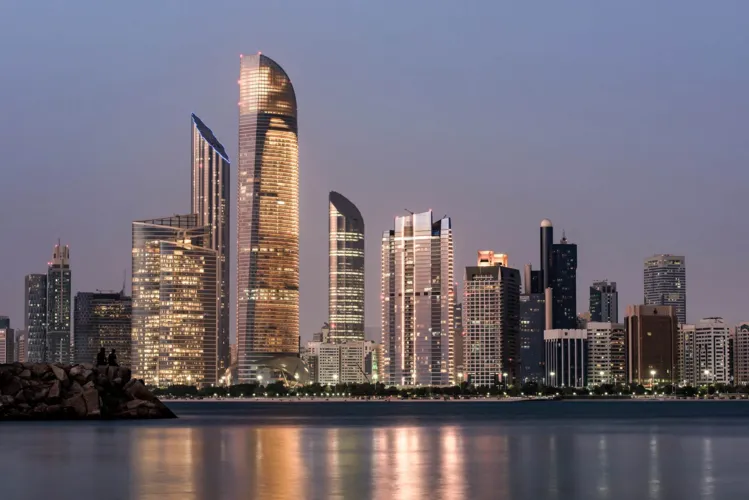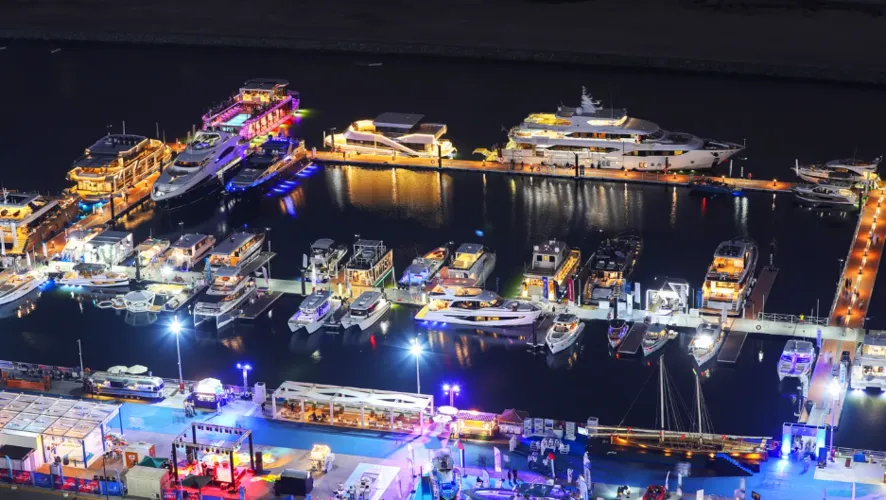Abu Dhabi’s Aerospace Ambition: A Strategic Pillar of Economic Vision 2030
Abu Dhabi’s transformation into a global aerospace hub is no accident—it’s a calculated move embedded within The Abu Dhabi Economic Vision 2030. As the emirate shifts away from oil dependency, aerospace and advanced manufacturing have emerged as critical pillars of economic diversification. From high-altitude platforms to satellite technology, Abu Dhabi Aerospace Industry is positioning itself as a sovereign leader in space innovation.
Space42’s HAPS Facility: A Milestone in Sovereign Aerospace Manufacturing
One of the latest developments reinforcing this vision is Space42’s establishment of MENA’s first High-Altitude Platform Stations (HAPS) manufacturing facility in Abu Dhabi. The 4,500-square-meter center will produce over 20 HAPS UAVs annually, supporting applications in telecommunications, environmental monitoring, and defense.
Khaled Al Marzooqi, CEO of Mira Aerospace (Space42’s HAPS subsidiary), emphasized the strategic significance: “As global demand for HAPS accelerates, Space42 is making targeted investments to strengthen our leadership in this growing market. This facility is a direct reflection of our commitment to sovereign aerospace capabilities and aligns with the UAE’s broader economic goals.”
Aerospace as a Cornerstone of Economic Diversification
Abu Dhabi’s aerospace ambitions are deeply tied to Economic Vision 2030, which prioritizes knowledge-based industries, high-tech manufacturing, and global competitiveness. The emirate has made significant strides in reducing reliance on hydrocarbons, with aerospace emerging as a key sector driving sustainable growth.
The UAE’s National Space Strategy 2030 further underscores this commitment, outlining strategic investments in Abu Dhabi Aerospace Industry that reinforce its role in satellite technology, geospatial intelligence, and research & development.
Satellite Sovereignty and Strategic Partnerships
Beyond high-altitude UAVs, Abu Dhabi Aerospace Industry is bolstering its satellite capabilities through strategic collaborations. Space42’s collaboration with ICEYE, a global leader in synthetic aperture radar (SAR) technology, will see Earth Observation (EO) satellites co-produced within the UAE. This initiative feeds directly into the UAE’s EO Space Program, designed to build national expertise in satellite-based remote sensing.
The significance of this cannot be overstated. The UAE is one of the few space-faring nations with domestic aerospace manufacturing capabilities, reinforcing its strategic positioning in the global space industry.
Defense Applications and National Security
Aerospace advancements aren’t limited to commercial applications—sovereign defense capabilities are a central pillar of Abu Dhabi’s aerospace strategy. Mira Aerospace recently partnered with XRANGE, a multi-domain Training, Testing, and Evaluation (TT&E) facility, to establish a permanent testing hub for high-altitude UAV trials.
Additionally, the company has developed advanced payloads tailored for urban planning, disaster response, and direct-to-device connectivity—critical use cases that align with national security objectives.
Abu Dhabi’s Long-Term Aerospace Vision
The UAE’s aerospace sector reflects the broader principles of Economic Vision 2030: reduced reliance on oil, high-tech industry development, and global competitiveness. Abu Dhabi’s calculated investments in sovereign manufacturing and R&D ensure that its aerospace ecosystem remains dynamic, scalable, and financially sustainable.
What was once an oil-centric economy is now transforming into a hub for AI-powered SpaceTech, geospatial intelligence, and cutting-edge aerospace innovation. As Abu Dhabi executes on its long-term vision, strategic investments—like Space42’s HAPS facility—underscore the emirate’s determination to lead in sovereign aerospace technology.
Also Read: Abu Dhabi Green Economy Trends: Pioneering Sustainability Through Finance & Innovation







